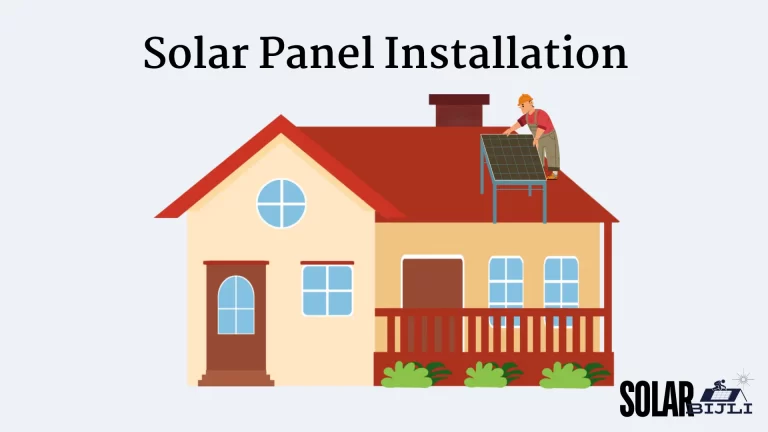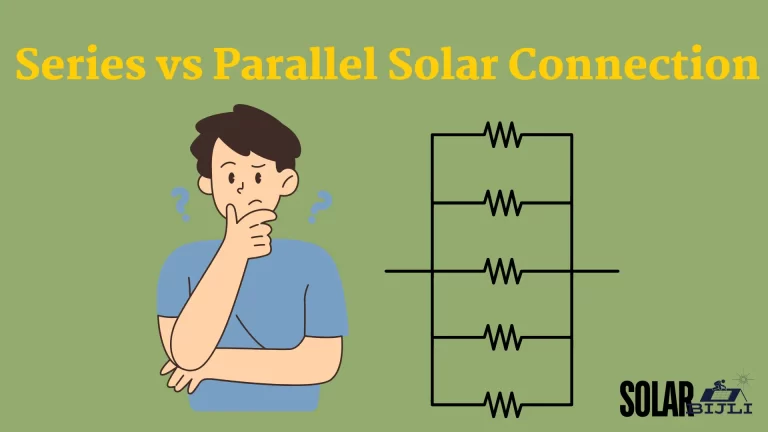Solar inverters are vital components in any solar power system, converting the DC power generated by solar panels into AC power for use in homes, businesses, and industrial applications. The dual-output solar inverter is an advanced type that offers several key advantages over traditional single-output inverters. Understanding how these inverters manage load distribution and their benefits can help users optimise their solar energy systems for efficiency, reliability, and cost savings.
What is a Dual Output Inverter?
A dual-output solar inverter is designed to provide two separate AC outputs from a single DC input. This means it can simultaneously supply power to two different electrical loads or systems. This capability introduces significant flexibility and efficiency in managing solar power.
How Dual-Output Inverters Manage Load Distribution?
The primary function of a dual-output inverter is to manage the distribution of power between two different loads. Here’s how it works:
1. Power Input: Solar panels generate DC power, which is fed into the inverter.
2. DC to AC Conversion: The inverter converts the DC power into AC power.
3. Load Distribution: The inverter then distributes the AC power to two separate outputs. This distribution can be based on predefined priorities or real-time energy needs.
Load Prioritization
In many systems, critical loads (like essential household appliances or medical equipment) are prioritized. The inverter ensures these loads receive power first. Non-critical loads (like pool pumps or garden lights) can be powered by the secondary output, ensuring that essential services are always maintained.
Advantages of a Solar Inverter with Dual Output
Versatility
Dual-output inverters allow for the simultaneous connection of two separate electrical loads or systems. This flexibility makes them suitable for a variety of applications, including residential, commercial, and industrial settings. For example, one output can power household appliances while the other charges an electric vehicle or powers a separate backup system.
Optimized Energy Management
With dual outputs, users can direct solar energy to different loads based on specific energy requirements. This allows for more efficient energy use. In a residential setting, one output could power essential household appliances, while the other could be used for non-essential applications, ensuring that critical loads always have power.
Increased Efficiency
Dual-output inverters enhance overall system efficiency by allowing for precise control and distribution of solar energy. By matching the inverter’s output to the specific needs of each load, energy wastage is minimized. This optimized distribution ensures that the energy produced by the solar panels is used effectively, leading to better performance and energy savings.
Redundancy and Backup
These inverters provide redundancy and backup capabilities. In the event of a malfunction or failure in one output, the other can continue to supply power to critical loads. This redundancy enhances the reliability and resilience of the solar power system, ensuring uninterrupted operation and minimizing downtime.
Cost Savings
While dual-output inverters may have a higher upfront cost compared to single-output inverters, they can lead to long-term cost savings. By maximizing the use of solar energy and optimizing energy management, these inverters can help reduce electricity bills and reliance on grid power. Over time, the savings on electricity costs can offset the initial investment.
Ideal Applications for Dual-Output Inverters
Residential Use
– Powering household appliances and charging electric vehicles.
– Managing energy for essential and non-essential loads separately.
Commercial Use
– Operating office equipment and powering backup systems.
– Optimizing energy use between critical business operations and secondary functions.
Industrial Use
– Running machinery while ensuring backup power for critical operations.
– Efficiently distributing power to different sections of an industrial plant.
Final Note
A solar inverter with dual output offers significant advantages in versatility, optimized energy management, increased efficiency, redundancy, and cost savings. By understanding the load distribution principles and benefits, users can effectively utilize these inverters to enhance the performance and reliability of their solar power systems. Whether for residential, commercial, or industrial applications, dual-output inverters provide a robust solution for maximising solar energy utilization.






